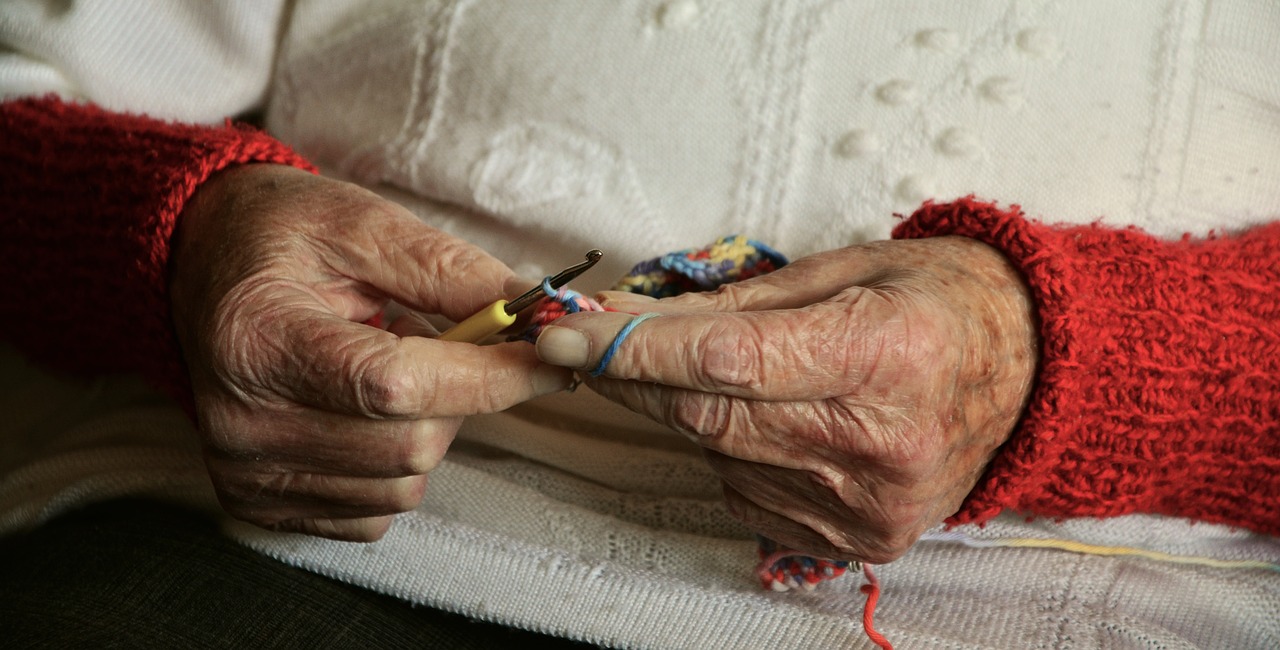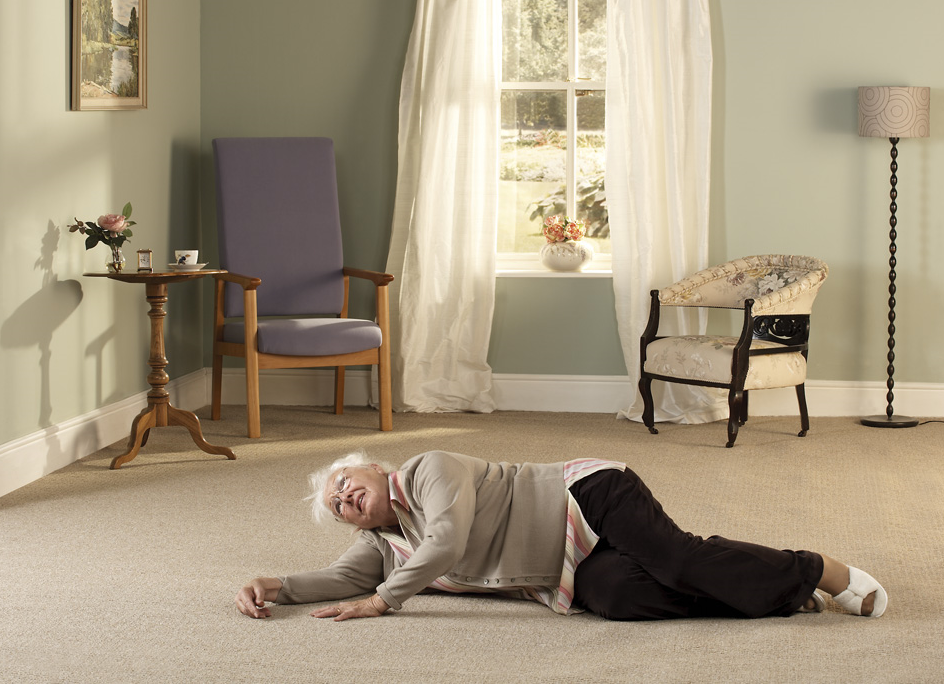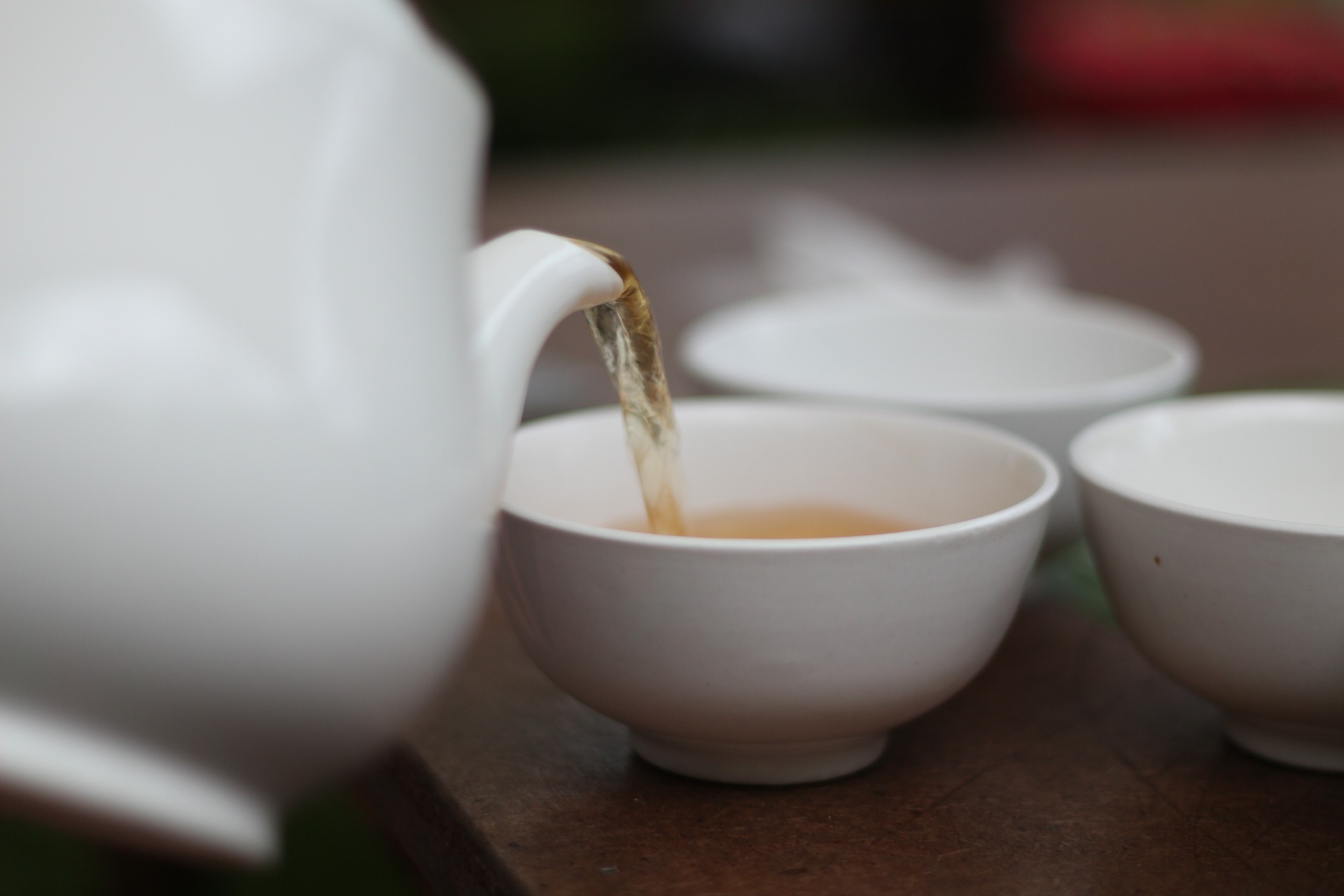Fill our form to download your free research report, written by Dr Mark Hawker.
Single Handed Care: Practicality vs Budget Constraints
Deborah Harrison is a Manual Handling and Single Handed Care Specialist, as well as the Managing Director of A1 Risk Solutions. With a wealth of knowledge in the industry, we thought we’d ask Deborah what the best practices are for single handed care when a person has fallen…
With authorities now implementing care reviews that require a reduction in care packages, single handed care is currently a hot topic in the healthcare industry. As hospital beds are being blocked due to the lack of available care packages in the community, there is, even more, demand for cutting costs using single handed care, increasing the pressure within the hospital system as well as in the community.
What happens in the community and how successfully the care can be managed has a direct impact on the NHS hospital system. With that in mind, single handed care is not just about saving money, it is about effective use of the resources available to achieve the best outcomes for all in a safe and dignified manner.
A systems approach is required for the implementation of single-handed care. The approach would include a robust Care Act, compliant risk assessment and the incident types that could occur and the possible solutions will need to be considered. Both the health and well-being of both the carer and the service user should be taken into consideration when transferring patients and residents, and thorough testing has shown that the single-handed care approach is just as safe and secure for standard transfers.
Should an incident such as a fall occur, however, there needs to be an effective strategy for the member of staff that will allow them to raise the person up from the floor in a dignified, compassionate and safe manner.

Many of the falls care assistants attend to actually occur during a manual handling task or when the service user is being assisted as the likelihood of a service user becoming unsteady and possibly falling is relatively high if they require assistance for transfers. It is well documented that the longer someone is left on the floor after a fall, the more likely the outcomes are going to be poor, especially in the elderly (Steven, et al, 2006) – this effect increases as the person ages.
Rather than using unsafe manual techniques to raise the person from the floor, Waters in 2007, advocated using lifting equipment to safely lift patients from the floor. More recently, falls management strategies that work have been advocated by the Royal College of Occupational Therapy. These falls management strategies need to be person centred, focusing on the safety and dignity of the fallen person.
In single handed care, the aforementioned falls management strategies allow for a variety of equipment to be used for day to day transfers. This includes gantry, overhead hoists and patient turners, however, all provisions should be dependent upon clinical need.
Can single handed care ever compromise service user or staff safety when a person has fallen?
Often a person who has fallen is distressed, upset and generally shaken up – they may even display behaviours that challenge the person performing the lift, as they will be frustrated that they are unable to get themselves up from the floor.
If you attempt to lift a fallen person without equipment, there is a high risk of injury for both the service user and staff, as well as it not being pleasant, or dignified being dragged up from the floor.
This transfer can be carried out safely, using single-handed care principles from the floor with the correct provision of equipment, strategy, assessment, training and confidence.
The equipment will need to be simple and intuitive to use, the staff also need to know how to know how to access the equipment. As well as single-handed care equipment you may also require access to a slide sheet to position the person away from any immediate hazards, and allow room for the equipment to be used.
A Mangar Health ELK can be easily operated by one person as there are several options for the insertion of the ELK. The service user can be rolled from side to side using a slide sheet to assist, or they can shuffle backwards. When using the Elk, the staff member can provide a level of support from behind as the person is raised and transferred.
The Mangar Health Camel is similar to the ELK, however, it has a backrest support, making it suitable for many service users. It is helpful for those who are displaying distressed behaviour because of the supportive backrest. It is also considered more suitable for plus size patients, or for those who have difficulty breathing whilst lying flat on the floor.
The Camel is also wider than the ELK and other raising products, meaning it will easily accommodate the larger person with no support is required from someone behind, as this is provided by the backrest. The Camel, due to its larger footprint gives the service user the support, stability and confidence whilst they are being raised from the floor.
Both products are simple to use and can be used by a single person dependent upon assessment, they ensure the service user is raised safely with dignity and compassion.
For more information on the Camel and ELK lifting cushions, or if you’d like to know how we can help with single handed care – please get in touch.
About Deborah Harrison
 Deborah Harrison is a Manual Handling and Single Handed Care Specialist, as well as the Managing Director of A1 Risk Solutions. A1 Risk Solutions support the development and delivery of several manual handling and ergonomic programs of study that enable the customers to deliver highly effective training. Using a whole system approach, reduction in risk is demonstrated for both staff and patients.
Deborah Harrison is a Manual Handling and Single Handed Care Specialist, as well as the Managing Director of A1 Risk Solutions. A1 Risk Solutions support the development and delivery of several manual handling and ergonomic programs of study that enable the customers to deliver highly effective training. Using a whole system approach, reduction in risk is demonstrated for both staff and patients.
LinkedIn: https://www.linkedin.com/in/deborah-harrison-3a207032/
Twitter: https://twitter.com/a1risksolutions
- June 14, 2017
- Occupational Therapists
- Patient Lifting Products












